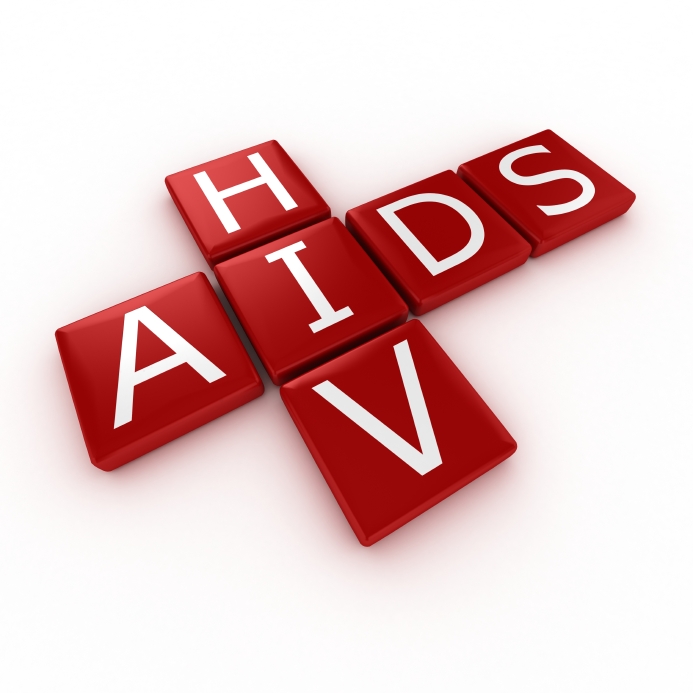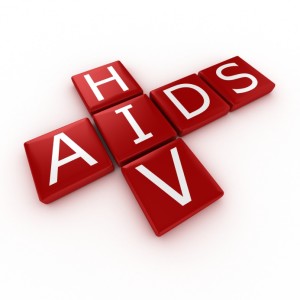Just 30 percent of Americans with HIV had the virus under control in 2011, and approximately two-thirds of those whose virus was out of control had been diagnosed but were no longer receiving care, according to a new Vital Signs report published by the Centers for Disease Control and Prevention.
The new study underscores the importance of making sure people with HIV receive ongoing care, treatment, and other information and tools that help prevent transmission to others, as well as the need to reach more people with HIV testing. Among those whose infection was not under control, more than three times the proportion (66 percent) were no longer in care as had never been diagnosed (20 percent).
The HIV epidemic continues to threaten the health and well-being of many Americans – with more than one million people living with the disease in the U.S. and 50,000 new infections each year.
When used consistently, antiretroviral medication can keep HIV controlled at very low levels in the body (known as viral suppression), allowing people with HIV to live longer, healthier lives and reducing the likelihood they will transmit HIV to others. Treatment has been shown to reduce sexual transmission of HIV by 96 percent, and U.S. clinical guidelines now recommend that everyone diagnosed with HIV receive treatment, regardless of their CD4 cell count or viral load.
“For people living with HIV, it’s not just about knowing you’re infected – it’s also about going to the doctor for medical care,” said CDC Director Tom Frieden, M.D., M.P.H. “And for health care facilities, it’s not just about the patients in your care – it’s every person diagnosed, and every person whose diagnosis has not yet been made. Key to controlling the nation’s HIV epidemic is helping people with HIV get connected to – and stay in – care and treatment, to suppress the virus, live longer and help protect others.”
The new study estimates that of the 1.2 million Americans living with HIV in 2011, 70 percent did not have their virus under control. Among the nearly 840,000 people who had not achieved viral suppression:
· 66 percent had been diagnosed but were not engaged in regular HIV care,
· 20 percent did not yet know they were infected,
· 4 percent were engaged in care but not prescribed antiretroviral treatment, and
· 10 percent were prescribed antiretroviral treatment but did not achieve viral suppression.
The percentage of Americans with HIV who achieved viral suppression remained roughly stable (26 percent in 2009 vs. 30 percent in 2011)
CDC has increased the focus on diagnosing people with HIV, supporting linkage to ongoing care and treatment, provision of risk reduction information, and increasing medication adherence. By making the most of these strategies for those who are HIV-positive, as well as other high impact strategies to protect those who remain uninfected but are at highest risk for HIV, CDC believes substantial progress can be made in reducing new infections.
Aids.gov offers many ways the Affordable Care Act can help people living with HIV/AIDs. They will help to ensure coverage for people with pre-existing conditions, expand Medicaid coverage, provide affordable private health care coverage, lower prescription drug costs for Medicare recipients, ensuring coverage of preventive services, including HIV testing.
Speak to your HIV AIDS case worker about obtaining life insurance and ask for information on any programs that may be available. Some life insurance companies have begun offering life insurance to people who are HIV positive in response to the increasing effectiveness of AIDS medication regimens in extending the lives of HIV-positive individuals. No exam with no health questions called guaranteed life is now available on the market to those that may be declined because of illness so check with a specialist that can offer the best options for you.













